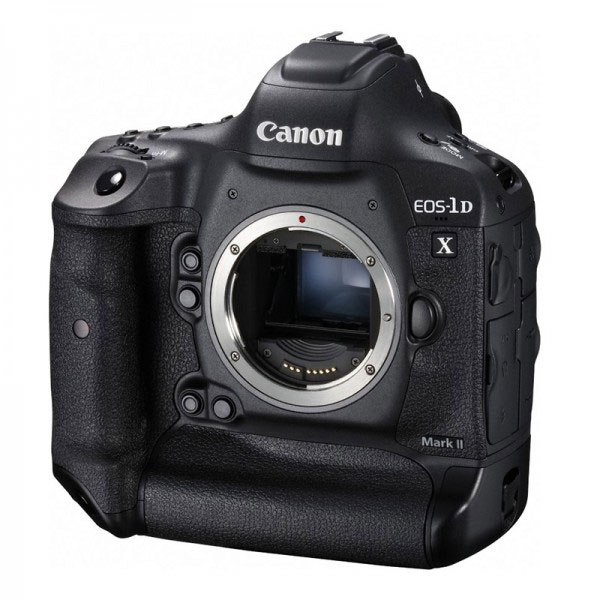Canon 1DX Mark II is finally announced by Canon, the camera features Dual-pixel CMOS AF sensor and a option to record 4K videos at 60fps and with the help of Hybrid Sensor AF the camera can do blazing fast AF while recording the videos.
Now take a look at the detailed analysis — What new inside the Canon 1DX Mark II camera
Introduction of Dual-Pixel CMOS AF Sensor (1DX was using traditional contrast based sensor)
Sensor is also Canon’s first full-frame sensor to include Dual Pixel CMOS AF for high-speed, precise AF during Live View still and movie recording.
ISO Touches 409600 (1DX was limited to 204800)
EOS-1D X Mark II can shoot at expanded sensitivities down to ISO 50 (L) and up to 102400 (H1), 204800 (H2) and even 409600 (H3)!
Dual DIGIC 6+ Image Processors
The Canon 1DX was using Dual DIGIC 5+ image processor on the other hand the newly EOS-1D X Mark II camera uses Dual DIGIC 6+ Image Processors, the new image processor
- Increase the continuous shooting speed,
- supports 4K video recording @ 60fps
- ISO upto 409600
- Advance AF Algorithm
- Fast continuous shooting speed speed.
- Improvement in overall performance of the camera.
Improved AF Algorithm
Although the AF module remains same but the EOS-1D X Mark II’s AF algorithm has also been improved: it’s equipped with AI Servo AF III+, which remembers the AF path and helps refine precision. Whether choosing individual AF points manually, using the Large Zone AF area or any of the camera’s automatic AF selection modes, the EOS-1D X Mark II is designed to exceed users’ expectations for high-precision AF.
Fast continuous shooting speed and introduction of C2.0 card slot
Canon 1DX Mark II was limited to 12 fps RAW+JPEG Shooting, 14 fps in JPEG, in the other hand the new Canon 1DX Mark II camera can record up to 170 full-size RAW files, and JPEGs up to full card capacity at 16 fps.
4K/60p and Full HD/120p video can also be recorded with virtually no restriction, and with exFAT format support, movie files of larger than 4GB can be recorded without the need to merge files. Performance with CF cards through the camera’s CF card slot is impressive as well: the EOS-1D X Mark II can capture up to 73 full-size RAW files and JPEGs up to full card capacity when recording to CF UDMA7 media.
Improved RGB Metering Sensor (1DX 100K vs 1DX Mk II 360K)
The newly announced 1DX Mk II camera now features 360K RGB+IR metering sensor combined with Dual Digic 6+ processor that greatly contribute to the camera’s impressive AF performance for both stills and video.
The Canon 1DX Mark II can record 4K videos @ 60fps (1DX was limited to Full HD Video only)
The canon 1DX Mk II can record 4K (Motion JPEG)video at up to 60 fps, recording smoothly to CFast™ cards. It’s the first EOS camera able to record Full HD video at 120 fps. Users can select ISO upto 12800 for 4K video and 25600 ISO while recording Full HD video.
Introduction of Touch and Shoot Capability in 1DX series
The Canon EOS-1D X Mark II camera’s comes with a 3.2-inchtouch panel TFT LCD monitor has approximately 1.62 million dots Its new touchscreen function allows AF point switching and image magnification during Live View shooting and movie shooting, providing convenient operation.
New in-camera Digital Lens Optimizer technology
The EOS-1D X Mark II not only corrects peripheral brightness and chromatic aberration, but also features distortion correction plus diffraction correction, which has been included for the first time in an EOS camera. Distortion correction helps resolve barrel and pincushion distortions,while diffraction correction virtually eliminates the blurring effects from diffraction that can be created when capturing an image at a small aperture. The camera’s Dual DIGIC 6+ Image Processors help ensure these corrections can be made with virtually no effect on operational speed.
That’s all… do share your thoughts and suggestion with us
the article was first published on Monday, 1 February 2016
Greenwich Mean Time (GMT)







